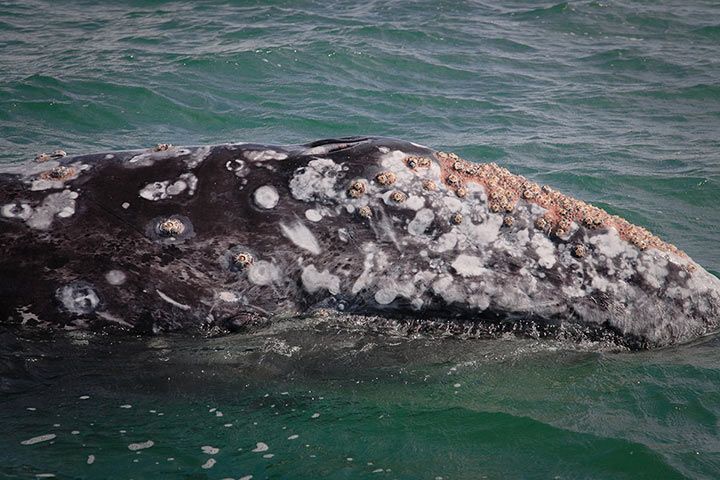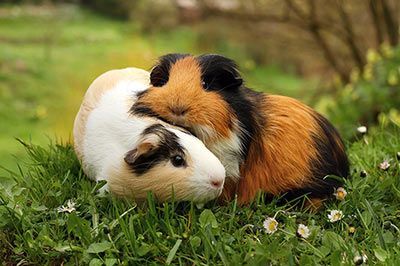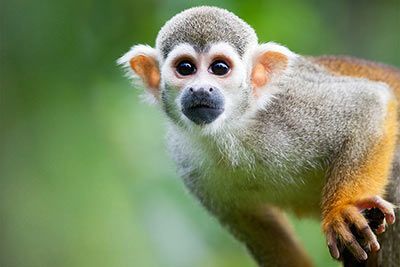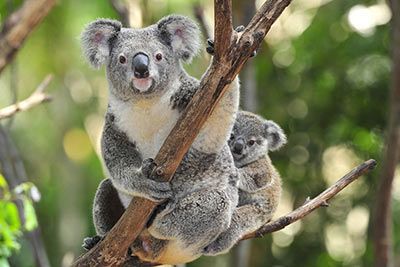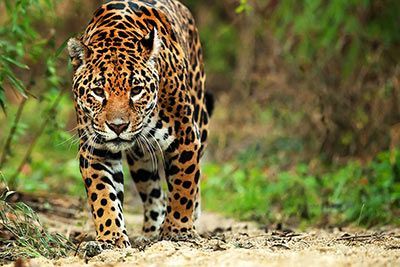Gray Whale
Gray Whale Facts
| Size | 39-49 ft (12-15 m) |
| Speed | Up to 5 mph (8 km/h) |
| Weight | 20-35 tons |
| Lifespan | 50-60 years |
| Food | Little crabs, worms, small fish |
| Predators | Large sharks, Orcas |
| Habitat | Pacific |
| Order | Whales |
| Suborder | Baleen whales |
| Family | Gray whales |
| Scientific name | Eschrichtius robustus |
| Characteristics | Big whale, related to the humpback whale and the blue whale |
Main Characteristics
The gray whale is a large baleen whale that lives very close to shore - closer than any other whale. In summer it stays in the colder polar seas off Spitsbergen, Greenland and Canada. In winter it moves to warmer waters in the south, for example around California and Mexico.
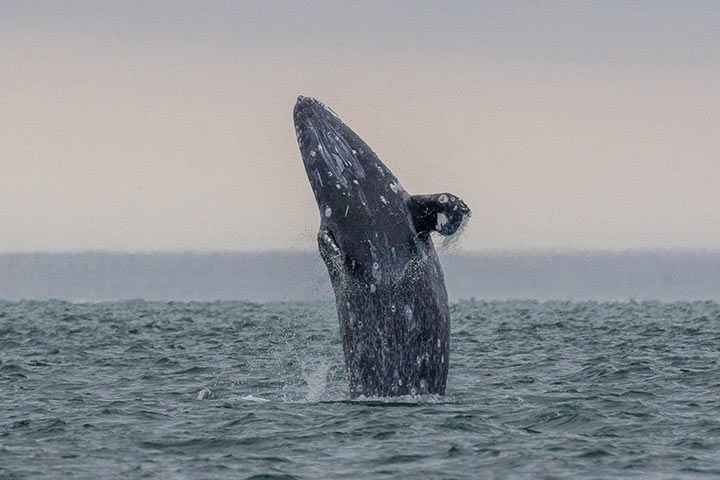
From here you find infos from animalfunfacts fan Annamarie!
Origin and Evolution
 Where Does the Name Gray Whale Come From?
Where Does the Name Gray Whale Come From?
This is easy: Because its skin is gray! However, from the distance it appears to be a speckled white, because its skin is cluttered with barnacles and mussels that have settled on its skin.
Unique Family?
The gray whale is the only whale in the family of gray whales. But why has it been allocated to a separate family instead of other whale families? This is the reason: Right whales have no fin and no folds of skin. The rorqual has both a fin and folds of skin. However, gray whales have characteristics of both families: no fin, but folds of skin.
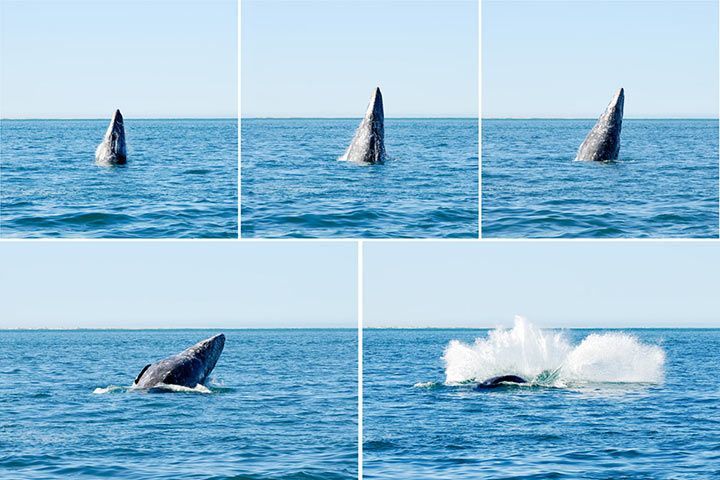
Behavior
How Do Gray Whales Hunt?
The gray whale often stays near the coast, because there it can find lots of food. When looking for food it rolls sideways while moving along the ground of the ocean to gather sludge. Gray whales have very long and robust baleen plates, which they use to filter worms, crabs and snails from the silt.
Gray Whales Do Spy Hopping
Gray whales put their heads out of the water to look around curiously. This is called “spy hopping”.
Gray Whales Are Powerful Swimmers
Gray whales living in the Arctic Ocean near Alaska during the summer move to the coasts of Mexico in autumn to hibernate. This takes about 2–3 months. But they stick it out without eating anything during the entire voyage. They only take short naps on the way.
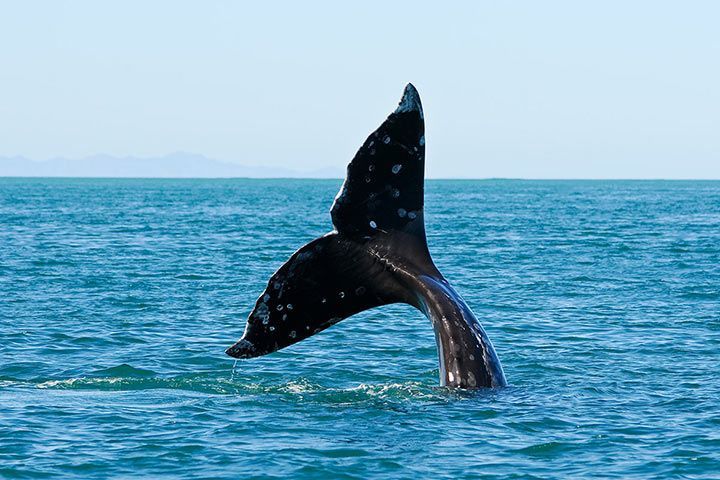
Reproduction
Near the Mexican Baja California peninsula the female grey whales give birth to their calves. These eat to become really fat – contrary to their mother. Mum doesn’t eat as there is no krill in the south. The calf gets stronger and stronger, while its mother ist getting weaker and weaker.
In spring they get on their way home and many whales just manage to reach their destination because they are terribly exhausted.
These facts were submitted by animalfunfacts.net fan Annamarie. Thanks!
